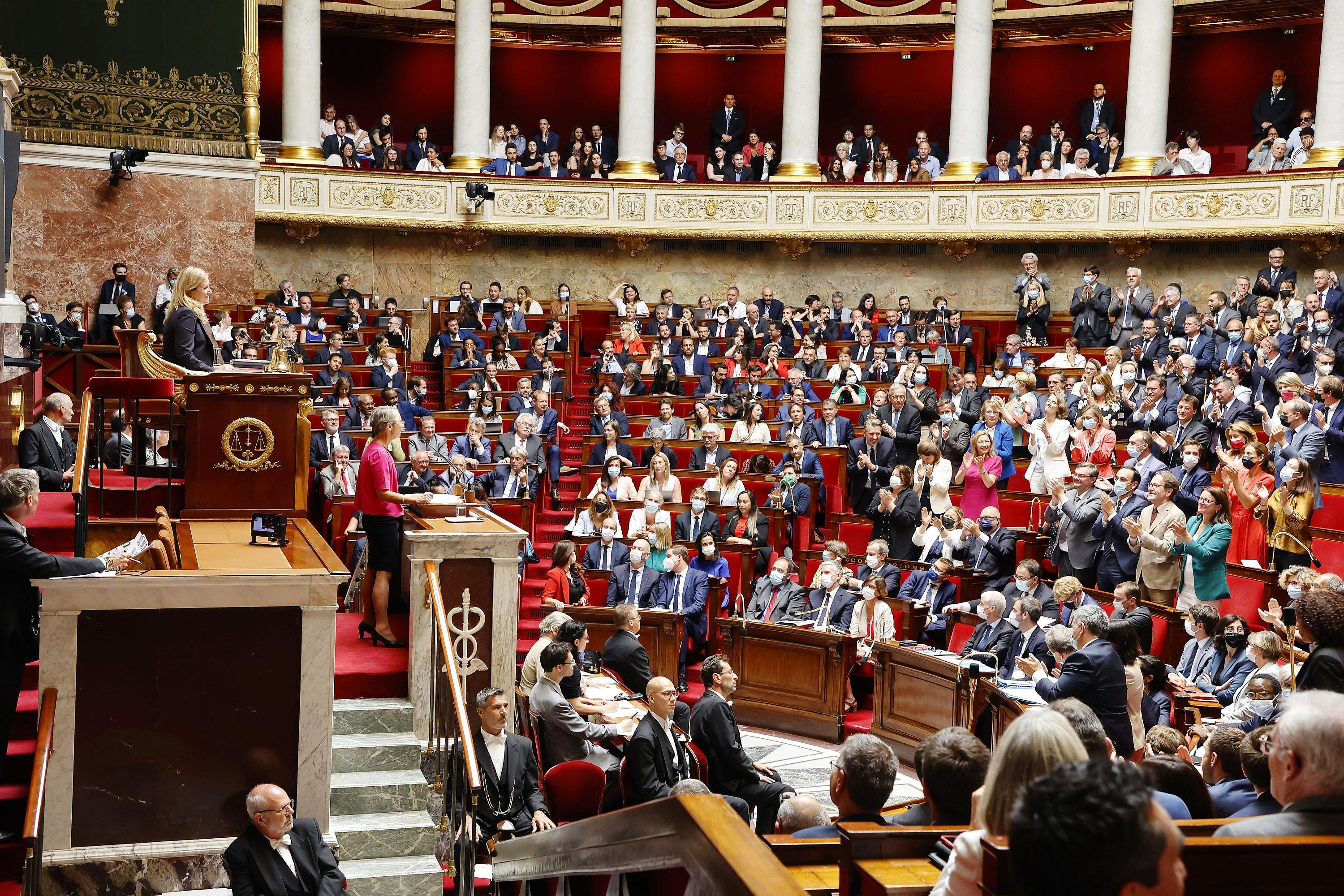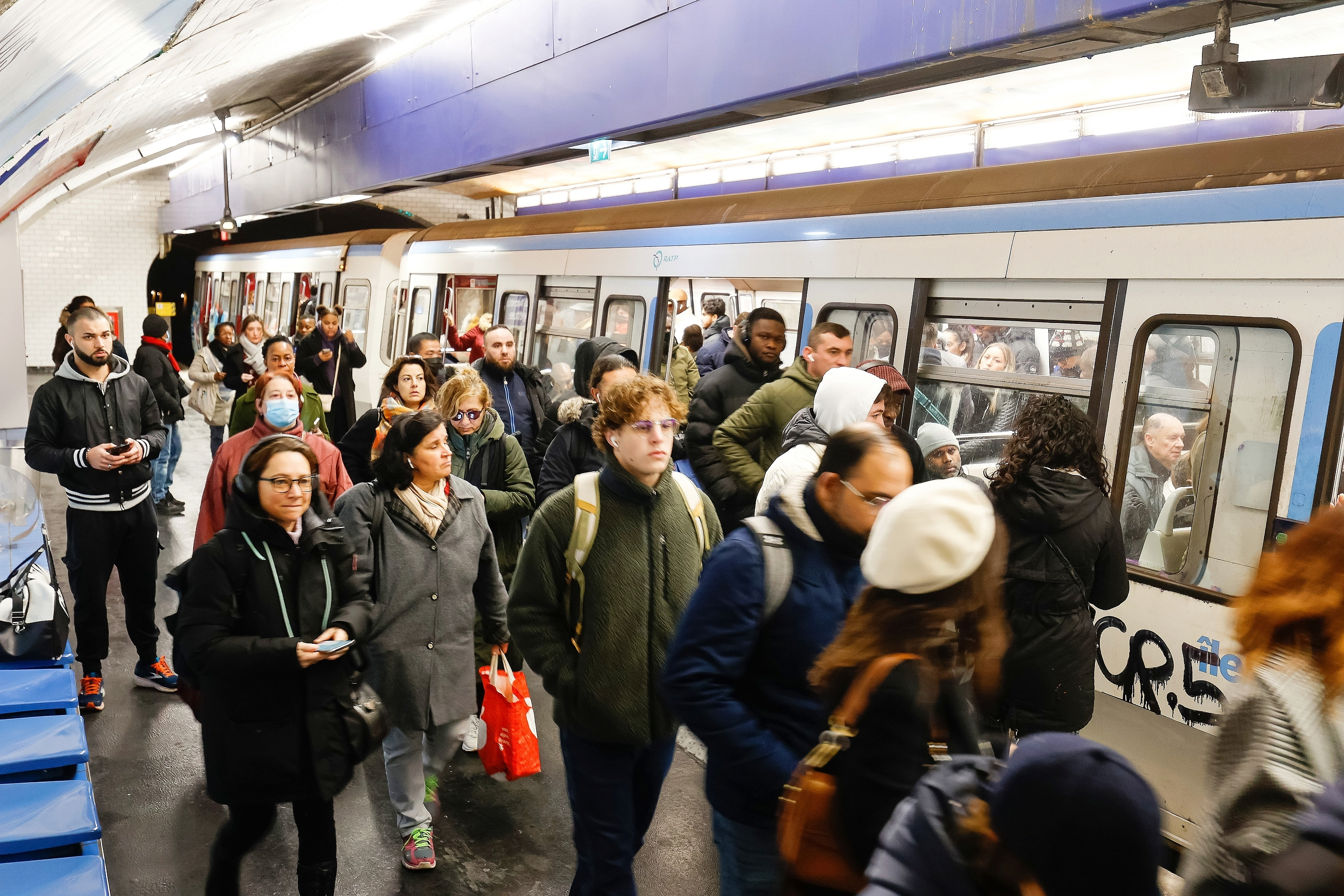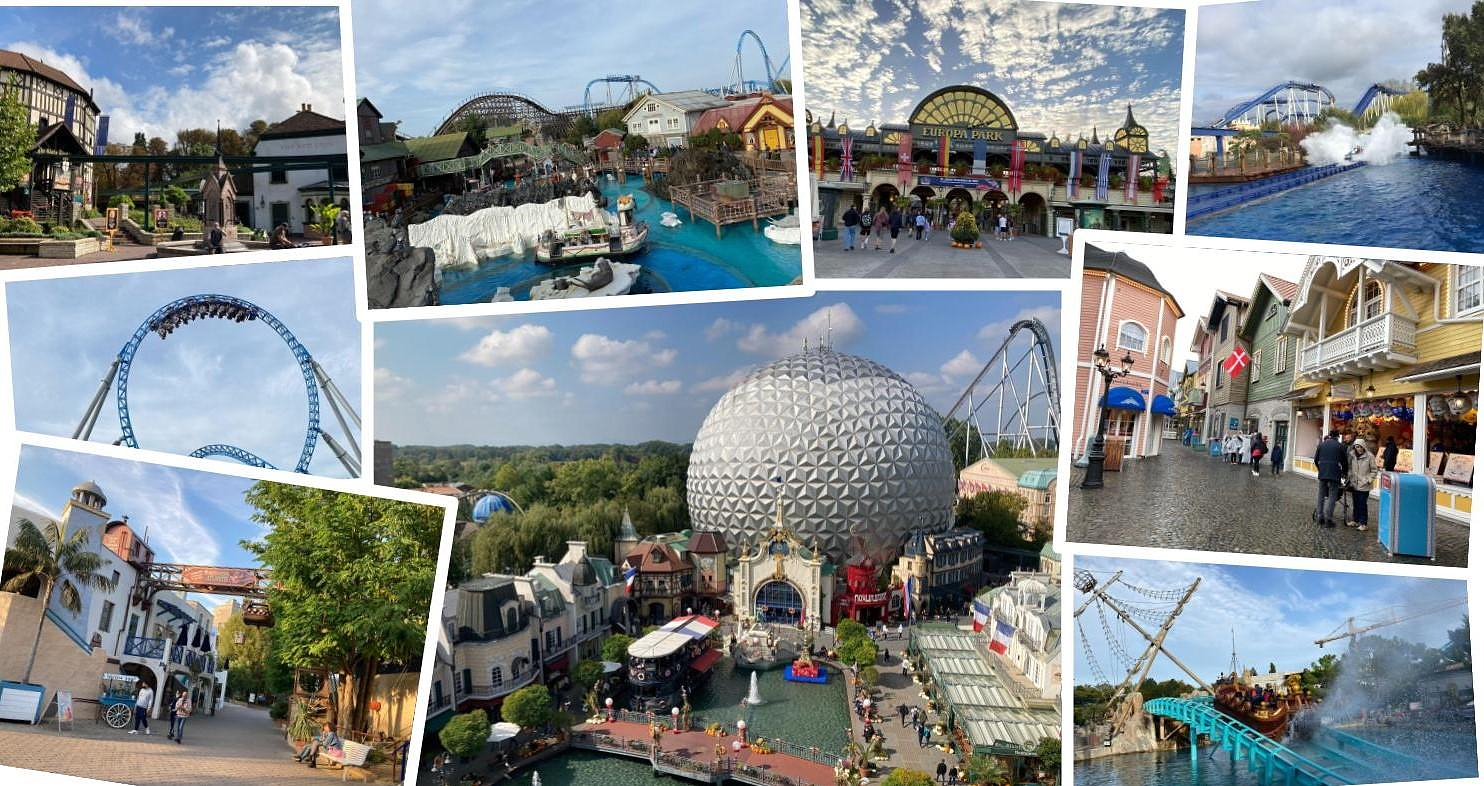By 2050, the European Union wants to comprehensively reduce pollutants in the environment - but a new report now shows a mixed picture of the success so far. In the areas of traffic noise and waste, the EU is already in danger of missing the targets it has set for itself by 2030. Further efforts are therefore necessary, according to the report published by the EU Environment Agency EEA on Thursday. On the other hand, there is good progress in the fight against air pollution and the improvement of soil quality.
The basis of the efforts is the "Zero Pollutants" action plan, which the EU Commission presented in 2021 as part of the so-called European Green Deal. In it, she sets herself six milestones for 2030, which must be met on the way to the overarching goal of the action plan. This states that by 2050, pollution in the EU should be reduced to a level where it no longer poses a risk to human health and the environment.
But how does the plan differ from the projects of the past decades? There were plenty of environmental problems to be solved: acid rain, forest dieback, ozone, water pollution from industry - that is the origin of environmental policy, said EEA Executive Director Hans Bruyninckx. These problems have been dealt with fairly well, and there have been great successes. But: "We are still dealing with pollution levels that pose a serious threat to human health and to nature."
However, the measures taken so far – less pollution and more efficiency – are no longer of any help. "We will not be able to reduce pollution to zero without changing the systems that underlie it," said Bruyninckx. The plan for 2050 therefore addresses the problem systemically. Its ambition is that the sectors contributing to pollution have to move within the planetary boundaries. This refers to the limits which, if exceeded, endanger the stability of the earth's ecosystem and thus the basis of human existence. At best, in this way “a de facto pollution-free environment” will be created.
The fight against air pollution receives a lot of public attention. The reason: Airborne pollutants are still the greatest environmental health hazard in the EU. According to the Environment Agency, they are one of the main reasons for premature death and illness. The action plan stipulates that the number of these premature deaths should fall by more than 55 percent by 2030 compared to 2005.
The experts at the Copenhagen-based EEA are confident that this will succeed. In 2020, almost 240,000 people in the EU died prematurely as a result of air pollution in their area - 45 percent fewer than in 2005. If this trend continues, the Commission's target will probably be achieved, according to the report. This also applies to the goal that by 2030 there should be a quarter fewer ecosystems in the EU in which biodiversity is threatened by air pollution.
The Environment Agency also checked the remaining targets using the same methodology. The EU is also on the right track when it comes to improving soil quality by 2030: Among other things, the plan provides for a 50 percent reduction in the use of chemical pesticides and the sale of certain antibiotics, for example for livestock. The goals are tenable - even if so far only the lower use, not the effects on the environment can be measured.
Only in the case of plant nutrients such as nitrogen compounds and phosphate is there no improvement in sight. The problem arises, for example, from excessive fertilization in agriculture and also affects some German regions. Such nutrients put a strain on ecosystems and groundwater. These values should therefore be reduced by 50 percent by 2030. "But we think it is highly doubtful that this goal will be achieved," said Bruyninckx.
There is also a need to catch up on the three other goals: neither the number of people constantly suffering from traffic noise nor the amount of waste has seen a positive trend in recent years. Actually, these numbers should drop by 30 percent or “significantly” by 2030. Accordingly, the requirements cannot be met. It is also unclear whether the targets for plastic pollution - that 50 percent less plastic waste ends up in the oceans and 30 percent less microplastics in the environment - can be met by 2030. The database of the EEA was still too sparse for an analysis.
The EU is still at a very early stage in achieving the goals. The EEA report is a kind of stocktaking and should help the EU Commission and the Member States to identify areas where further action is needed. Several proposals are currently being examined. The report is also intended to serve as a reference for future investigations. The next, more detailed review is planned for 2024.
"Aha! Ten minutes of everyday knowledge" is WELT's knowledge podcast. Every Tuesday and Thursday we answer everyday questions from the field of science. Subscribe to the podcast on Spotify, Apple Podcasts, Deezer, Amazon Music, among others, or directly via RSS feed.

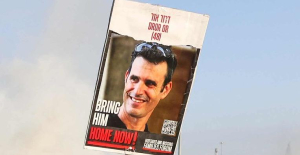 Who was Dror Or, the Israeli father who died as a hostage in the hands of Hamas?
Who was Dror Or, the Israeli father who died as a hostage in the hands of Hamas? “Pay in cash”: at his trial, Donald Trump faced with an embarrassing recording
“Pay in cash”: at his trial, Donald Trump faced with an embarrassing recording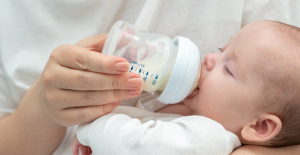 Italy: a grandmother accidentally serves a bottle filled with wine to a baby, he has an alcoholic coma
Italy: a grandmother accidentally serves a bottle filled with wine to a baby, he has an alcoholic coma The mysterious skeletons of Hermann Göring's villa
The mysterious skeletons of Hermann Göring's villa Children born thanks to PMA do not have more cancers than others
Children born thanks to PMA do not have more cancers than others Breast cancer: less than one in two French women follow screening recommendations
Breast cancer: less than one in two French women follow screening recommendations “Dazzling” symptoms, 5,000 deaths per year, non-existent vaccine... What is Lassa fever, a case of which has been identified in Île-de-France?
“Dazzling” symptoms, 5,000 deaths per year, non-existent vaccine... What is Lassa fever, a case of which has been identified in Île-de-France? Sánchez cancels his agenda and considers resigning: "I need to stop and reflect"
Sánchez cancels his agenda and considers resigning: "I need to stop and reflect"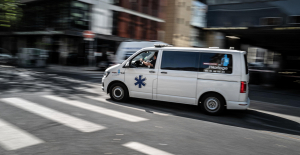 Health carpooling, this source of savings which arouses the ire of patients and taxis
Health carpooling, this source of savings which arouses the ire of patients and taxis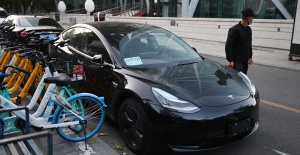 Tesla Model 3, MG4 and Dacia Spring.... With the end of the ecological bonus, these electric cars produced in China are seeing their sales fall
Tesla Model 3, MG4 and Dacia Spring.... With the end of the ecological bonus, these electric cars produced in China are seeing their sales fall For the 2024 Olympics, Airbnb commits to fighting prostitution in its accommodation
For the 2024 Olympics, Airbnb commits to fighting prostitution in its accommodation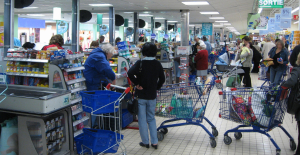 “Shrinkflation”: supermarkets obliged to alert their customers from July 1
“Shrinkflation”: supermarkets obliged to alert their customers from July 1 The electro of Justice and the echoes of Portishead
The electro of Justice and the echoes of Portishead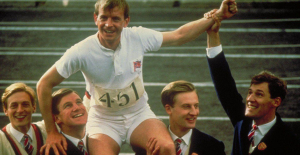 1924 Olympic Games: according to his daughter, the hero of Chariots of Fire was “not a bigot”
1924 Olympic Games: according to his daughter, the hero of Chariots of Fire was “not a bigot” The “German Brothel” in Yvelines: an uncertain future for the ruined residence
The “German Brothel” in Yvelines: an uncertain future for the ruined residence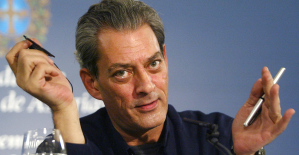 The eye of the INA: when Paul Auster visited Bernard Pivot
The eye of the INA: when Paul Auster visited Bernard Pivot Omoda 7, another Chinese car that could be manufactured in Spain
Omoda 7, another Chinese car that could be manufactured in Spain BYD chooses CA Auto Bank as financial partner in Spain
BYD chooses CA Auto Bank as financial partner in Spain Tesla and Baidu sign key agreement to boost development of autonomous driving
Tesla and Baidu sign key agreement to boost development of autonomous driving Skoda Kodiaq 2024: a 'beast' plug-in hybrid SUV
Skoda Kodiaq 2024: a 'beast' plug-in hybrid SUV The home mortgage firm rises 3.8% in February and the average interest moderates to 3.33%
The home mortgage firm rises 3.8% in February and the average interest moderates to 3.33% This is how housing prices have changed in Spain in the last decade
This is how housing prices have changed in Spain in the last decade The home mortgage firm drops 10% in January and interest soars to 3.46%
The home mortgage firm drops 10% in January and interest soars to 3.46% The jewel of the Rocío de Nagüeles urbanization: a dream villa in Marbella
The jewel of the Rocío de Nagüeles urbanization: a dream villa in Marbella Facing Jordan Bardella, the popularity match turns to Gabriel Attal’s advantage
Facing Jordan Bardella, the popularity match turns to Gabriel Attal’s advantage Europeans: a senior official on the National Rally list
Europeans: a senior official on the National Rally list Blockade of Sciences Po: the right denounces a “drift”, the government charges the rebels
Blockade of Sciences Po: the right denounces a “drift”, the government charges the rebels Even on a mission for NATO, the Charles-de-Gaulle remains under French control, Lecornu responds to Mélenchon
Even on a mission for NATO, the Charles-de-Gaulle remains under French control, Lecornu responds to Mélenchon These French cities that will boycott the World Cup in Qatar
These French cities that will boycott the World Cup in Qatar Monaco - Clermont: Minamino cornerstone, Fofana essential, the Clermont defense overwhelmed... The tops and the flops
Monaco - Clermont: Minamino cornerstone, Fofana essential, the Clermont defense overwhelmed... The tops and the flops Gymnastics: two gold medals for the Italian Manila Esposito during the European Championships
Gymnastics: two gold medals for the Italian Manila Esposito during the European Championships Champions Cup: in pain, Leinster beats Northampton and qualifies for the final
Champions Cup: in pain, Leinster beats Northampton and qualifies for the final Liga: Real Madrid crowned champion of Spain after FC Barcelona's defeat in Girona
Liga: Real Madrid crowned champion of Spain after FC Barcelona's defeat in Girona




